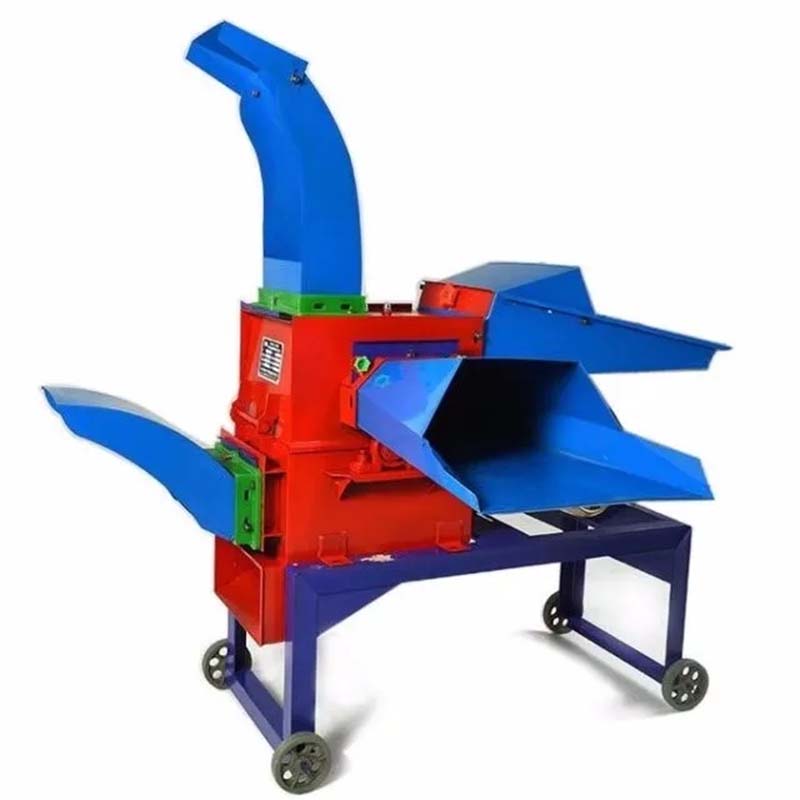Innovative Equipment for Efficient Fish Feed Production and Milling Processes in Aquaculture Industry
Aug . 14, 2024 07:26 Back to list
Innovative Equipment for Efficient Fish Feed Production and Milling Processes in Aquaculture Industry
The Importance of Fish Feed Milling Machines in Aquaculture
In the realm of aquaculture, the efficiency and quality of fish feed production play a pivotal role in the success of fish farming. This is where fish feed milling machines come into the spotlight. These specialized machines are crucial for producing high-quality feed that meets the nutritional needs of various fish species, ensuring not only their healthy growth but also the sustainability of aquaculture practices.
Understanding Fish Feed Milling Machines
Fish feed milling machines are designed to process raw materials into fish feed pellets. The process begins with the grinding of ingredients such as grains, fish meal, and other protein sources. Following this, the ground materials are mixed with necessary vitamins, minerals, and binders to form a homogenous mixture. The final step involves pelleting, where the mixture is compressed and heated to create durable and easily digestible pellets.
One of the significant advantages of using milling machines is the ability to customize the feed formula to meet the specific nutrient requirements of different fish species at various stages of their growth. For instance, fry, fingerlings, and adult fish have different dietary needs that can be addressed through tailored formulations.
Benefits of High-Quality Feed Production
Producing high-quality fish feed is essential for multiple reasons. Firstly, well-formulated feed enhances fish growth rates, leading to faster production cycles and higher yields for farmers. Quality feed contributes to better feed conversion ratios (FCR), meaning that fish can convert feed into body mass more efficiently. This efficiency is crucial for reducing operational costs and maximizing profits for aquaculture enterprises.
Secondly, quality feed reduces the risk of diseases among fish. Well-nourished fish are more resilient to pathogens and environmental stressors. When farmers invest in reliable fish feed milling machines that produce nutritionally balanced feed, they are better positioned to minimize the health risks associated with poor nutrition.
fish feed milling machine

Technological Advancements in Milling Machines
With advancements in technology, modern fish feed milling machines boast features that enhance productivity and efficiency. Automated systems and IoT integration allow for precise control over the milling and pelleting processes, ensuring consistency in feed quality. Additionally, some machines incorporate extruders that help in producing floating or sinking pellets, catering to the feeding behaviors of different fish species.
Moreover, energy-efficient designs and the use of sustainable materials in manufacturing are becoming increasingly common. This focus on sustainability aligns with global efforts to reduce the environmental impact of aquaculture, promoting practices that are not only economically viable but also ecologically responsible.
Challenges and Considerations
Despite their advantages, there are challenges associated with fish feed milling machines. The initial investment can be significant, which may deter small-scale farmers. Additionally, operating and maintaining sophisticated machinery requires trained personnel, which can be a barrier in regions with limited access to skilled labor.
Furthermore, sourcing high-quality raw materials consistently is essential for producing top-notch feed. Fluctuations in the availability and prices of ingredients can impact the profitability of feed production facilities.
Conclusion
In conclusion, fish feed milling machines are integral to the effective operation of aquaculture. By producing high-quality, customized feed, these machines contribute to improved fish health, growth rates, and overall sustainability of the industry. As technology continues to evolve, the potential for further enhancing feed production processes will undoubtedly have a profound impact on the future of aquaculture. Embracing these advancements is crucial for farmers aiming to thrive in an increasingly competitive market while meeting the growing global demand for seafood.
-
Hot Sale 24 & 18 Door Rabbit Cages - Premium Breeding Solutions
NewsJul.25,2025
-
Automatic Feeding Line System Pan Feeder Nipple Drinker - Anping County Yize Metal Products Co., Ltd.
NewsJul.21,2025
-
Automatic Feeding Line System Pan Feeder Nipple Drinker - Anping County Yize Metal Products Co., Ltd.
NewsJul.21,2025
-
Automatic Feeding Line System - Anping Yize | Precision & Nipple
NewsJul.21,2025
-
Automatic Feeding Line System - Anping Yize | Precision & Nipple
NewsJul.21,2025
-
Automatic Feeding Line System-Anping County Yize Metal Products Co., Ltd.|Efficient Feed Distribution&Customized Animal Farming Solutions
NewsJul.21,2025






